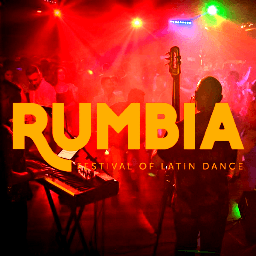Search Results for: Salsa
North America – May 2019
Europe – May 2019
AUSTRALIA AND NEW ZEALAND / March 2024
| MARCH 2024 FESTIVALS by Karina Bernales | ||
 |
Rumbia FestivalMar 21 / 24 2024 Arrow on Swanston |
|
AFRICA / March 2024
  |
| MARCH 2024 FESTIVALS by Karina Bernales | ||
 |
Rumbia FestivalMar 21 / 24 2024 Arrow on Swanston |
|
  |